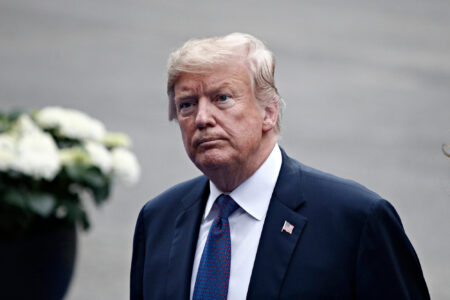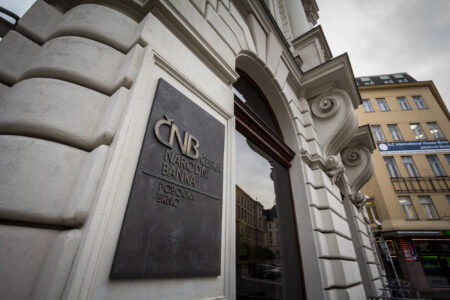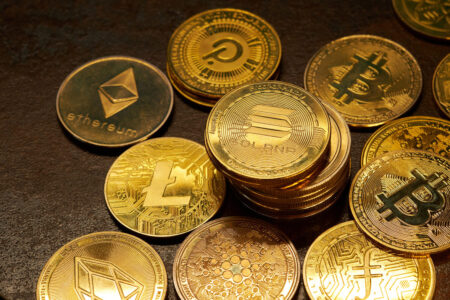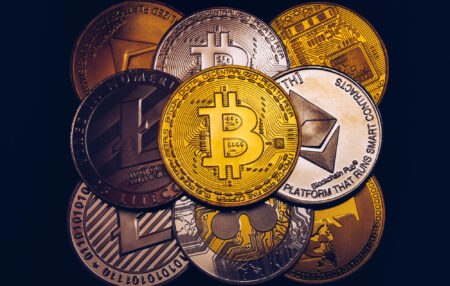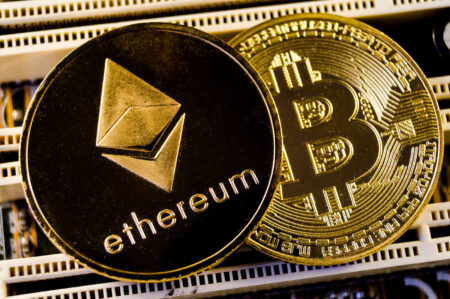What happened this week in the world of blockchain and cryptocurrencies? The most relevant local and international events, along with engaging background reports, concisely summarized in the weekly review.
Selected articles of the week:
After a wave of various executive orders on migration and the economy, Trump addressed the topic of crypto in his first week. Through an executive order, Trump assigned his “crypto czar” David Sacks to lead a cryptocurrency task force. This group has six months to present its recommendations for regulatory and legislative proposals to the president. Sacks will collaborate with the Treasury Secretary, the Attorney General, the Commerce Secretary, the chair of the U.S. Securities and Exchange Commission (SEC), and the chair of the U.S. Commodity Futures Trading Commission (CFTC). All of these key players are broadly considered “crypto-friendly.” With this initiative, Trump aims to position the United States as a crypto superpower.
With an Executive Order, Trump has tasked his “Crypto Tsar,” David Sacks, with developing a crypto regulation plan.
first national bank with bitcoin on its balance sheet?
This week, Aleš Michl, governor of the Česká národní banka (Czech National Bank, CNB), submitted a proposal to diversify the central bank’s reserves with bitcoin. The CNB board quickly approved a review of the proposal. This means the central bank could soon invest up to 5% of its €140 billion reserves in bitcoin. If executed, it would become the first Western central bank to hold cryptocurrencies on its balance sheet. Michl views the bitcoin plan as a long-term diversification into a growing alternative asset.
The chairman of the Czech National Bank wants to invest billions of Euros of the…
Clash of the titans
Over the past two years, Solana has dominated headlines as the most-used blockchain for smart contract applications. It leads particularly in the increasingly popular memecoin space. Solana’s success stems from its cost-efficiency and higher throughput compared to established blockchains. In contrast, Ethereum’s development has been comparatively sluggish. Research from 21Shares provides a comparison of both blockchains based on key fundamental metrics.
Solana has outpaced Ethereum by 100% over the past year, driven by soaring adoption, partnerships and growth of its ecosystem. A comparison.
SEC flooded with ETF applications
Since Gensler’s resignation on January 20, numerous new crypto ETF applications have flooded the SEC offices. Many of the pending products focus on alternative crypto funds that complement bitcoin and ethereum. Particularly, Solana, XRP, Litecoin, and memecoins such as Dogecoin and Bonk are awaiting ETF approvals. A leaked test page from the Chicago Mercantile Exchange (CME) suggested that the world’s largest futures exchange may soon offer futures for Solana and XRP. Historically, these futures have been crucial to securing approval for crypto ETFs.
A summarizing review of what has been happening at the crypto markets of the past week. A weekly report in cooperation with Kaiko.
Combined crypto fund
In addition: one of the newer applications has advanced directly to the second stage of review. The U.S. Securities and Exchange Commission (SEC) approved the first part of a proposal for an exchange-traded fund (ETF) that tracks both bitcoin and ethereum. The Bitwise Bitcoin and Ethereum ETF aims to offer investors balanced exposure to both digital assets, weighted by market capitalization. At current market values, bitcoin would comprise around 83% of the ETF, while ethereum would account for 17%. The fund’s structure will resemble existing ETFs that hold either bitcoin or ethereum directly.
The US Securities and Exchange Commission (SEC) has approved part of an application for a combined Bitcoin and Ethereum ETF.


